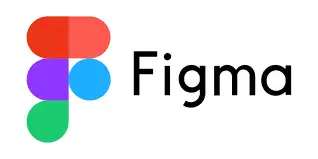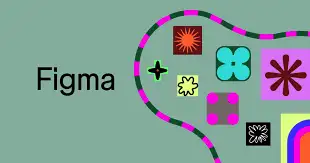Figma’s Quantum Leap: Shaping the Future of Design and Code

Vivi Carter · 5, August 2025

Redefining the Design Landscape
Over the past several years, Figma has become the default for UI/UX designers, overtaking once-dominant names like Sketch and InVision. Its rapid ascent is rooted in a product-led growth strategy and tightly integrated cloud collaboration. The platform is no longer just a tool for designers: monthly active users now include developers, PMs, and marketers, with one-third of its 13 million MAUs coming from outside the design profession entirely (source: Figma S-1).
Unlike traditional, siloed tools, Figma’s philosophy revolves around breaking down barriers within teams—uniting people across functions with real-time collaboration and extensibility. The company’s product suite, spanning everything from prototyping to handoff and team assets, is woven together so tightly that the workflows feel almost frictionless. DevMode, introduced in 2023, has streamlined handoffs to developers and accelerated its traction well beyond the design department.
This reach creates a durable moat: the more a product becomes embedded across departments, the harder it is to replace. Adobe’s $20 billion takeover bid in 2022 was a bet on exactly this.
Figma Make: The AI-Driven Edge
But Figma isn’t just banking on design excellence—it’s going after the heart of code generation, too. Unveiled at Config 2025, Figma Make brings production-quality code generation directly into the creative workflow. Unlike other AI tools that require plugins for turning mockups into code, Figma Make is native, letting designers and developers go from idea to prototype to working code with minimal handoffs.
For developers, this means code that’s instantly organized and production-ready, all mapped from designs without manual translation. For designers and PMs, it means quickly iterating live prototypes or even basic landing pages—without needing engineering help at every turn.
The integration isn’t surface-level. With Figma Make, you can import a company's “design system” so even AI-generated outputs stay consistent with brand identity. Pricing is still bundled generously in Figma’s Full Seats plan, but as demand for AI-powered features grows, this may shift.

Supercharging Collaboration and Closing the Loop
Figma is positioning itself as the convergence point where design and code finally meet. Newer platform enhancements, like Variables and Grid, further blur these boundaries. Designers can now update a single color or spacing variable and see global changes, while Figma’s grid system lets them create complex, adaptive layouts with the precision of CSS—code that developers can lift directly from the canvas.
The upshot? No more endless back-and-forth or lost-in-translation mockups. Instead, teams work off a shared “source of truth,” compressing feedback cycles and accelerating releases. As generative AI models become more sophisticated, the vision is clear: a front-end development OS where creative energy and engineering rigor coexist seamlessly.
Risks and What’s Next
Are there risks ahead? Of course. Some of Figma’s recent explosive revenue results came after a one-off price hike, and the AI design-to-code race is only heating up. Giants like Adobe and fast-moving AI-native startups are all eyeing the same prize, and it’s very possible that easier code generation could one day mean smaller front-end teams.
But right now, most of AI’s value comes from supercharging, not replacing, human productivity—especially in creative and high-stakes environments. The challenge for Figma will be to stay ahead of the curve, continually reinventing itself before competitors do.
Conclusion
Figma’s upcoming IPO signals more than financial hype—it marks a historic moment of convergence for design and engineering. If its bold bet on AI-driven, true design-to-code integration pays off, it won’t just be designers or developers who win. The entire digital product ecosystem could get a whole lot smarter, faster, and more collaborative.
Relevant Resources
